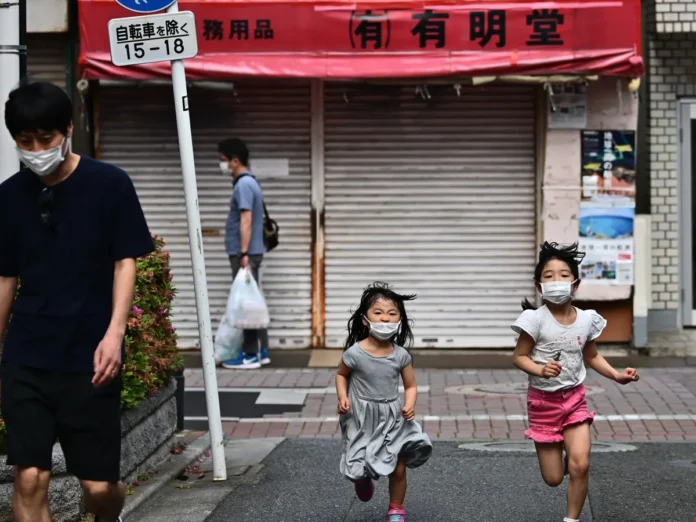Tokyo, Japan – Japan is facing an unprecedented crisis as the latest government statistics show the country’s birth rate has dropped to its lowest point since record-keeping began in 1899. The dramatic decline in births is sounding alarm bells over national security, economic growth, and the future viability of Japanese society.
According to new data released by Japan’s Ministry of Health, Labor and Welfare, only 758,631 babies were born in 2023 – a shocking 5.1% decrease from the previous year. This marks the eighth straight year of falling births in the country. At the same time, the number of marriages dropped to 489,281 couples – the first time it has dipped below 500,000 in 90 years.
“We are in a critical condition,” said Chief Cabinet Secretary Yoshimasa Hayashi at a press conference. The next six years until the 2030s will be the last chance we have to reverse this downward trend. There is no time to waste.”
Several key factors are driving this demographic crisis:
Economic Insecurity Disincentivizes Parenthood
Skyrocketing costs of living coupled with stagnant wages have made many young Japanese adults reluctant to have children. A recent survey showed that around 50% of unmarried Japanese under 30 have no interest in having kids, citing financial concerns as the top reason. With bleak career prospects at many Japanese companies notorious for overwork, young couples simply feel they cannot afford the costs of raising a child.
Social Values Discourage Non-Traditional Families
Culturally, Japan has strong paternalistic values where children born outside of marriage face social stigma. This has prevented growth in single parenthood and non-traditional family structures, which have become more common in other developed countries. With the decline of marriages in Japan, the traditional pathway to parenthood is decreasing.
Women’s Participation in Workforce Creates Opportunity Cost
As more Japanese women pursue careers, the opportunity cost of leaving jobs to be full-time mothers has risen. Government policies have failed to adequately address the need for better work-life balance and support for working parents. Long waiting lists for daycare centers also make returning to work difficult.
Pessimism About the Future Deters Prospective Parents
Generally bleak outlooks about Japan’s future, with issues like a bad economy, excessive work expectations, and an inverted population pyramid have also created a pessimism that deters people from becoming parents. Fertility treatments and subsidies have not addressed this underlying pessimism about the next generation’s quality of life.
Population Decline Threatens Japan’s Economic and National Security
If left unaddressed, Japan’s population is forecast to shrink from 125 million presently to 87 million by 2070. The demographic crisis threatens to create a negative spiral:
- Shrinking younger workforce supporting rising elderly dependents: By 2070 over 40% of Japanese will be seniors over 65, placing intense pressure on pensions and healthcare.
- Decreased innovation and productivity from a declining labor force. Experts warn Japan’s technological and economic edge is at risk if the working-age population sharply contracts.
- Difficulty maintaining defense and global interests with fewer eligible military personnel. Currently Japan has the oldest population globally with 28% already over 65.
Race Against Time to Avoid Demographic Disaster
Prime Minister Fumio Kishida has declared the low birthrate to be Japan’s biggest crisis. However, most measures by his administration so far have focused on subsidies and supports for childbearing rather than the structural issues behind young Japanese pessimism about the future.
Japan is not alone in the challenge of below-replacement birthrates. South Korea, China, and other developed nations face similar demographic cliffs. But Japan’s crisis is one of the most urgent. Bold policy changes and a new vision for Japan’s future are needed to convince potential parents their children can thrive.
The next few years represent a crucial window of opportunity. If more couples do not choose to have children soon, Japan’s very economic and social fabric could unravel in the not-so-distant future. An aging society without enough young people is a ticking time bomb. Both government and business leaders need to make reversing the birth dearth a top priority and promote a more optimistic vision that will inspire the next generation of Japanese families.





















